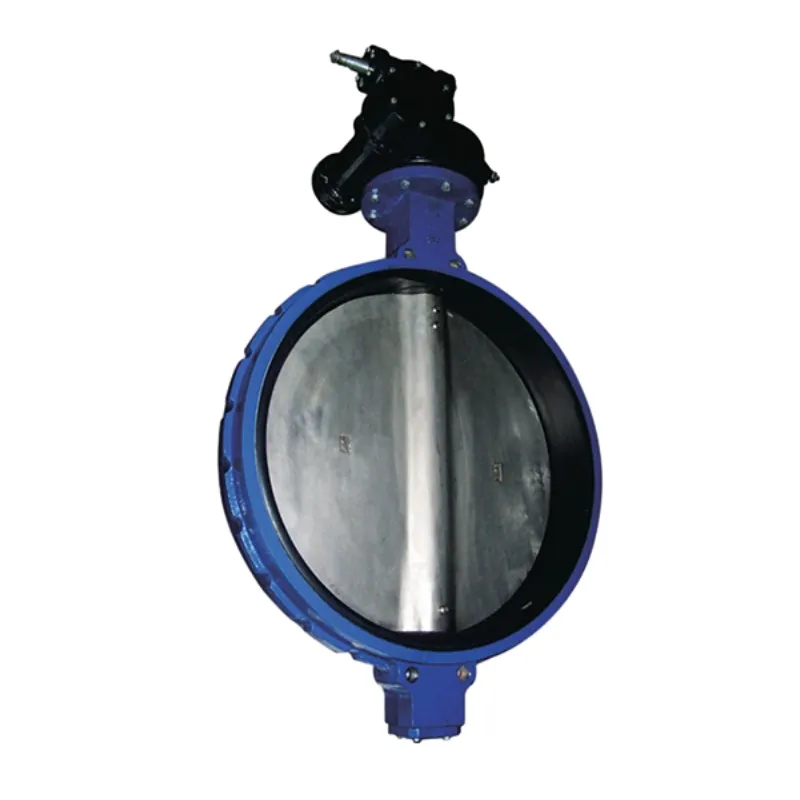10 月 . 10, 2024 14:06 Back to list
ball valve
Understanding Ball Valves An Essential Component in Fluid Control
In various industrial applications, efficient fluid control is paramount. One critical component that has emerged as a favorite among engineers and operators alike is the ball valve. Renowned for its reliability and ease of use, the ball valve plays a pivotal role in regulating the flow of liquids and gases in numerous systems.
What is a Ball Valve?
A ball valve is a type of quarter-turn valve that utilizes a hollow, perforated, and pivoting ball to control flow. When the valve is open, the hole in the ball aligns with the flow direction, allowing fluid to pass through. Conversely, when the valve is closed, the ball rotates 90 degrees, blocking the flow. This simple yet effective mechanism makes ball valves uniquely suitable for a wide range of applications, from water and gas supply lines to chemical processing systems.
Key Features of Ball Valves
1. Quick Operation One of the most significant advantages of ball valves is their quick operation. A quick quarter-turn of the handle can open or close the valve in seconds. This feature is vital in emergency situations where rapid action is necessary.
2. Durability Ball valves are designed to provide a tight seal and are less prone to wear and tear compared to other valve types. They are made from various materials, including brass, stainless steel, and plastic, making them suitable for diverse environmental conditions.
3. Minimal Pressure Drop When fully open, a ball valve offers minimal resistance to flow, leading to low pressure drop across the valve. This property makes it particularly suitable for high-flow applications.
ball valve

4. Versatility Ball valves are incredibly versatile and can handle a wide range of fluids, including water, oils, gases, and even corrosive substances. Their adaptability extends across various industries, including oil and gas, water treatment, food processing, and pharmaceuticals.
Applications of Ball Valves
Ball valves are utilized in many sectors due to their reliability and efficiency. In the oil and gas industry, they are used for pipeline isolation, allowing for safe transport of hydrocarbons. In water treatment facilities, ball valves manage the flow of water through filtration and treatment processes. Moreover, in the pharmaceutical sector, they are employed to regulate the flow of raw materials and final products, ensuring compliance with stringent hygiene standards.
Maintenance and Considerations
While ball valves are durable, regular maintenance is essential to ensure their longevity and performance. It’s crucial to inspect seals and O-rings for any signs of wear and to ensure that the valve operates smoothly without obstructions. In high-pressure applications, choosing the right type of ball valve—be it a floating ball valve or a trunnion-mounted ball valve—is vital for optimal performance.
Conclusion
In conclusion, ball valves are indispensable components in fluid control systems. Their design, functionality, and versatility make them the preferred choice for numerous applications across various industries. Understanding their operation and maintenance can significantly enhance efficiency and safety in fluid management. As industries continue to evolve, the role of ball valves in ensuring effective flow control will undoubtedly remain integral to operational success. For those in engineering or facilities management, investing in quality ball valves and understanding their specifications is crucial for maintaining efficient and reliable fluid systems.
Share
-
Understanding the Differences Between Wafer Type Butterfly Valve and Lugged Butterfly ValveNewsOct.25,2024
-
The Efficiency of Wafer Type Butterfly Valve and Lugged Butterfly ValveNewsOct.25,2024
-
The Ultimate Guide to Industrial Swing Check Valve: Performance, Installation, and MaintenanceNewsOct.25,2024
-
Superior Performance with Industrial Swing Check Valve: The Essential Valve for Any SystemNewsOct.25,2024
-
Industrial Swing Check Valve: The Ideal Solution for Flow ControlNewsOct.25,2024
-
You Need to Know About Industrial Swing Check Valve: Functionality, Scope, and PerformanceNewsOct.25,2024